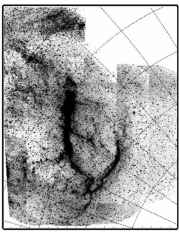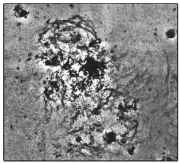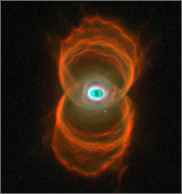
|
The Optical Group |
|
A group of optical/instrumental astronomers are now thriving among the radio telescopes at Jodrell Bank and under England's cloudy skies. Before moving to Jodrell Bank recently they had made a scientific living for thirty years in Manchester by designing and making highly specialised optical instruments for use on the high-altitude optical telescopes scattered around the world. At any given time four or five devices are being made or modified in what is best described as a "cottage industry" style of scientific activity. Instruments Over recent years the workhorses of this group have been the two Manchester Echelle Spectrometers (MES) for use at the San Pedro Martir telescope in Mexico, the Anglo-Australian telescope in Australia and the Liverpool robotic telescope soon to be in operation on La Palma in the Canary Islands.In the face of intense competition from 'common-user' instruments now installed at all the world's large telescopes, the group has survived by exploiting astrophysical niches and using their ability to tailor instruments for specific problems. One of these spectrometers is shown left being installed at the superb site in Baja California for a collaborative programme with Mexican astronomers. Research Highlights The primary interests of the group have been the structure and turbulent motion of gas around and between stars in our own and other nearby galaxies. For example, they have discovered:
|



